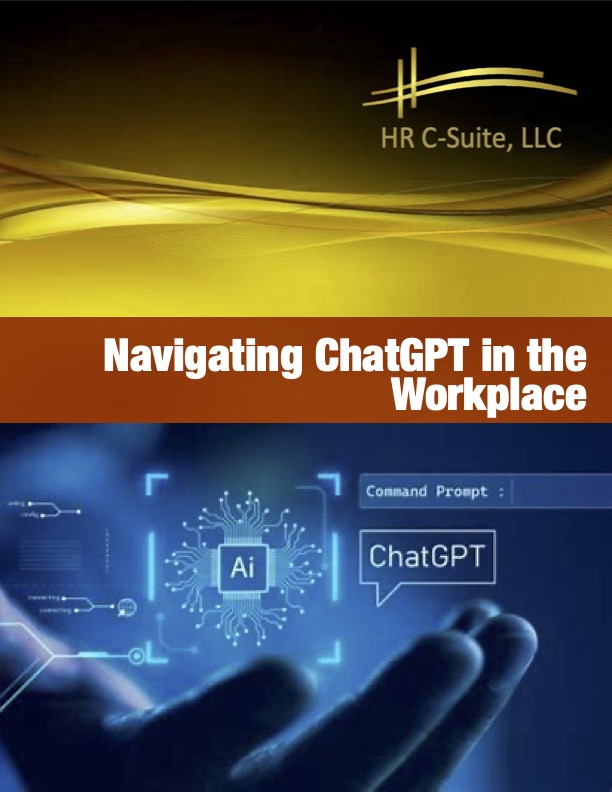A recent Zoom Terms of Service (TOS) update sparked fears of losing intellectual property to artificial intelligence. Zoom executives have tried to calm fears by clarifying that user content would only be used to train its artificial intelligence programs with their consent.
It’s not surprising that people have become concerned about Intellectual Property (IP) privacy with the rise of Artificial Intelligence (AI). ChatGPT took the AI technology by storm. Google recently updated its privacy policy explicitly saying the company reserves the right to “scrape” publicly available information in the web to train its various AI services such as Bard and Cloud AI. Google has also been hit with a class action lawsuit relating to AI data scraping.
For leaders, the rapid use of hard-to-understand new technology and the struggle of knowing how protecting IP a real challenge is. Particularly when balancing this new element with other pressing organizational priorities right now.
3 considerations in protecting organizational intellectual property from AI:
- Employee awareness training
If not already, now is a good time to initiate cybersecurity training. Educate employees about the risks associated with AI. Cover topics such as data leakage risks, ethical use of AI, and responsible AI practices.
You’ll also want to build an effective employee exit procedures that will ensure they don’t take sensitive intellectual property with them. Consider what your process is for collecting company computers and devices, and revoking access to digital property.
2. Legal measures
Ensure that all employees, contractors, and partners who have access to your intellectual property sign a clearly defined contract and non-disclosure agreements (NDA’s). In addition, you’ll want to document your organization’s ownership of intellectual property through patents, trademarks, copyrights, and trade secrets.
3. Technological safeguards
Implement stringent access controls to limit who can access sensitive intellectual property. Consider watermarking whether visible or invisible. This will help track the origin of the asset and discourages unauthorized distribution.
The protection of intellectual property is an ongoing effort. Make it a regular practice to periodically review your methods and to stay up to date on the rapidly changing AI environment.

